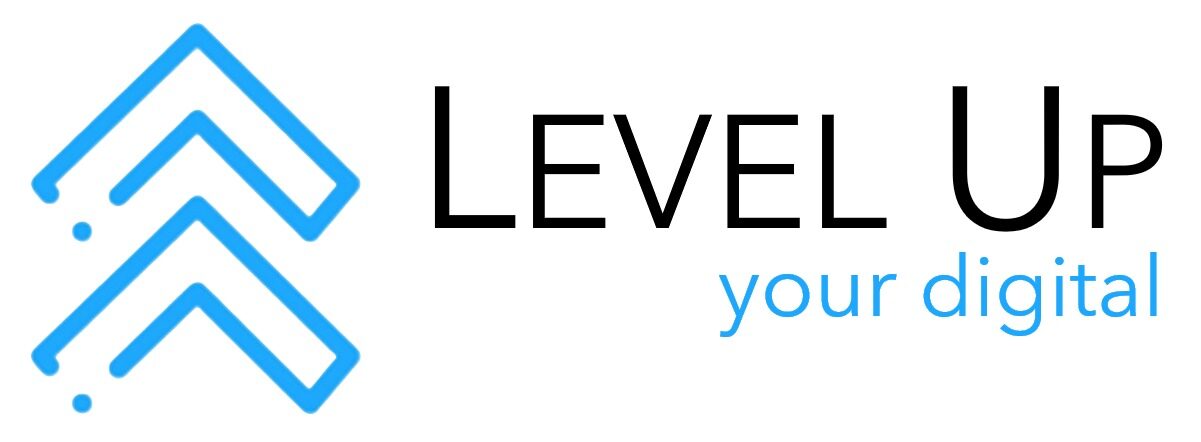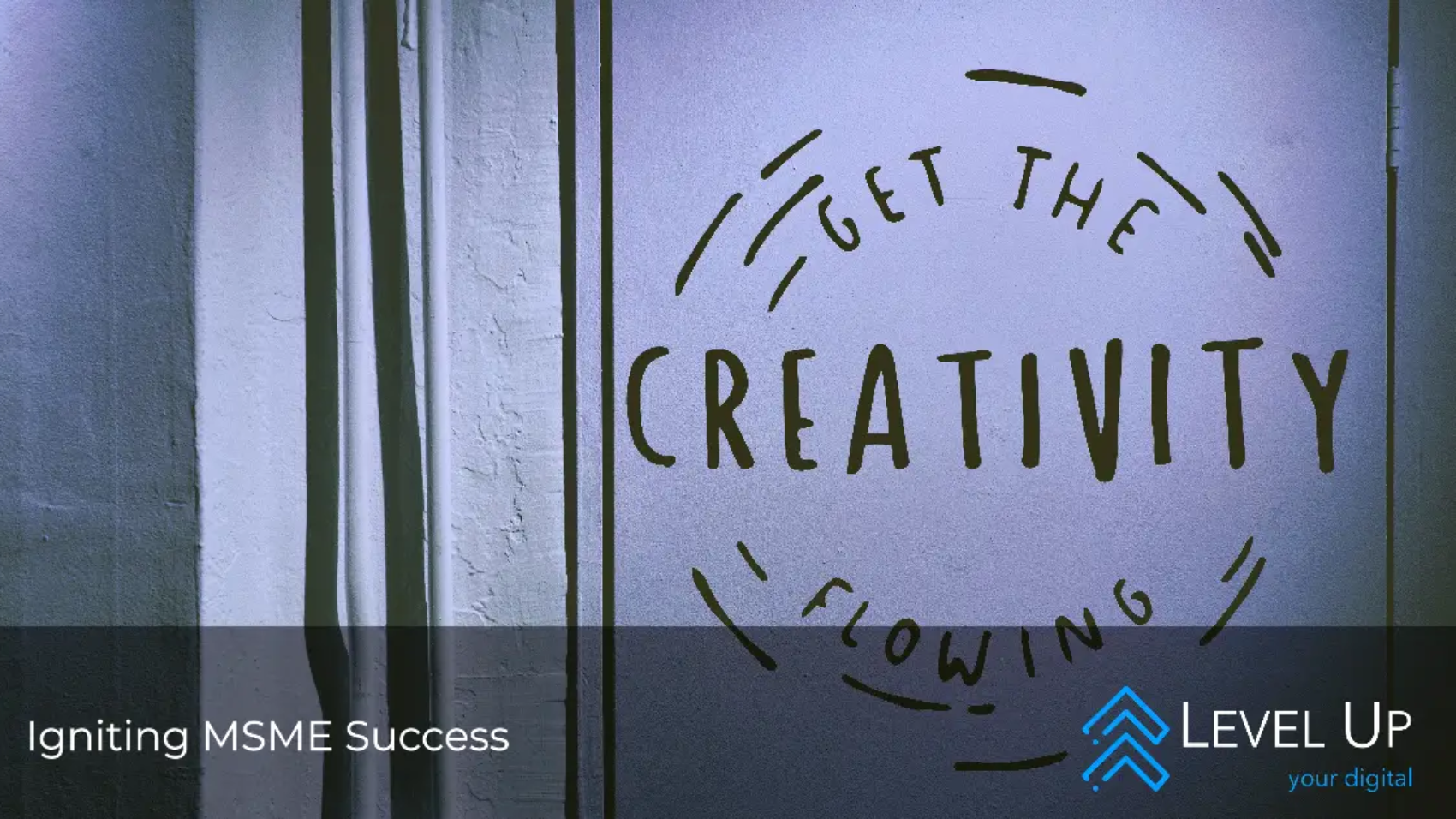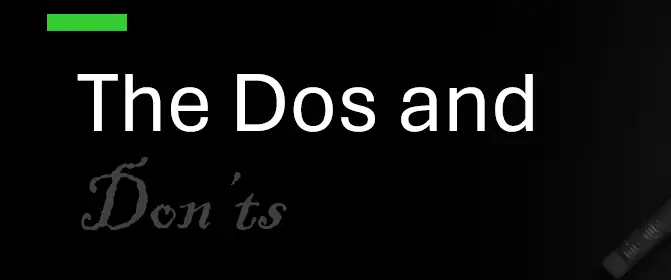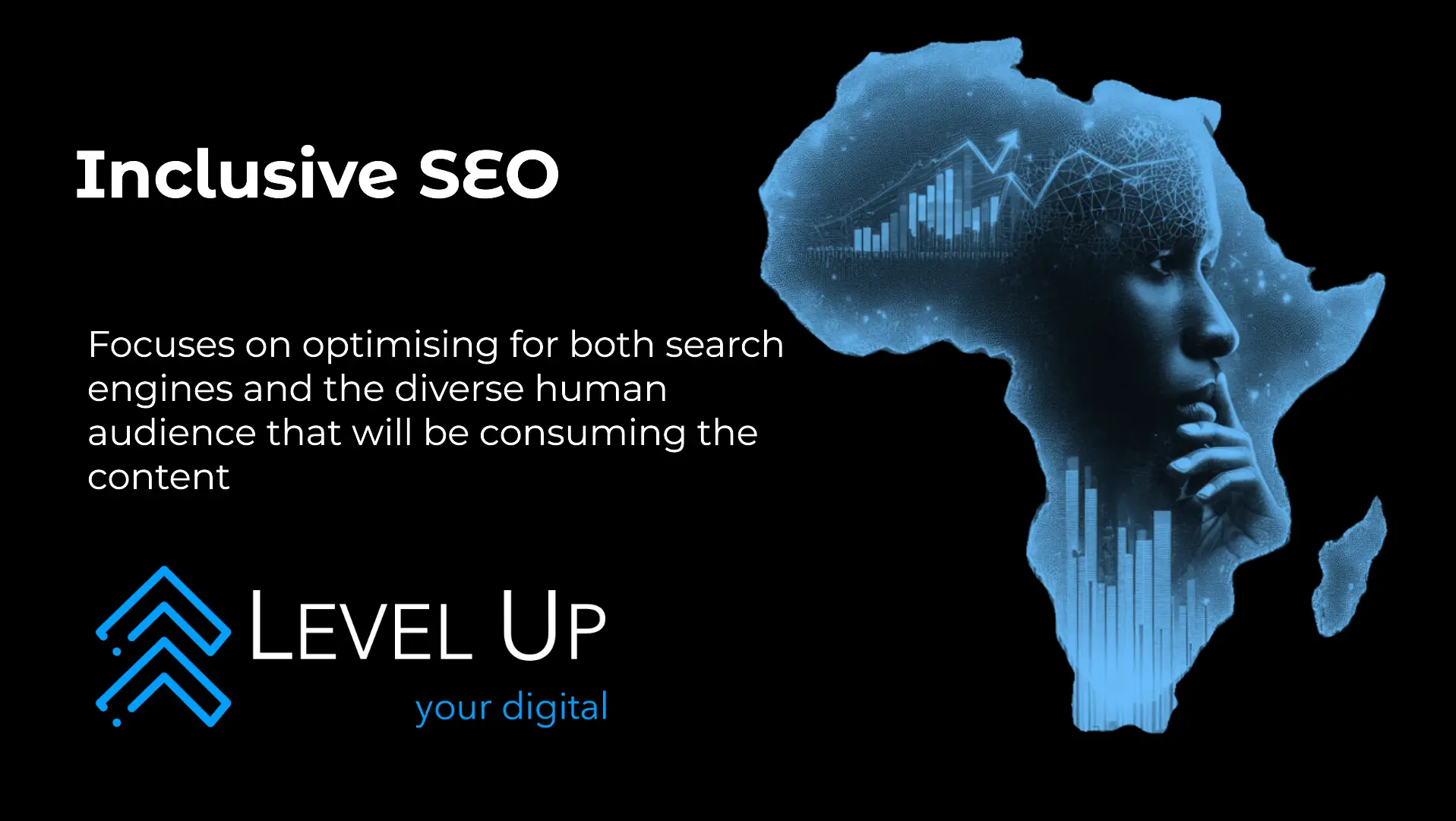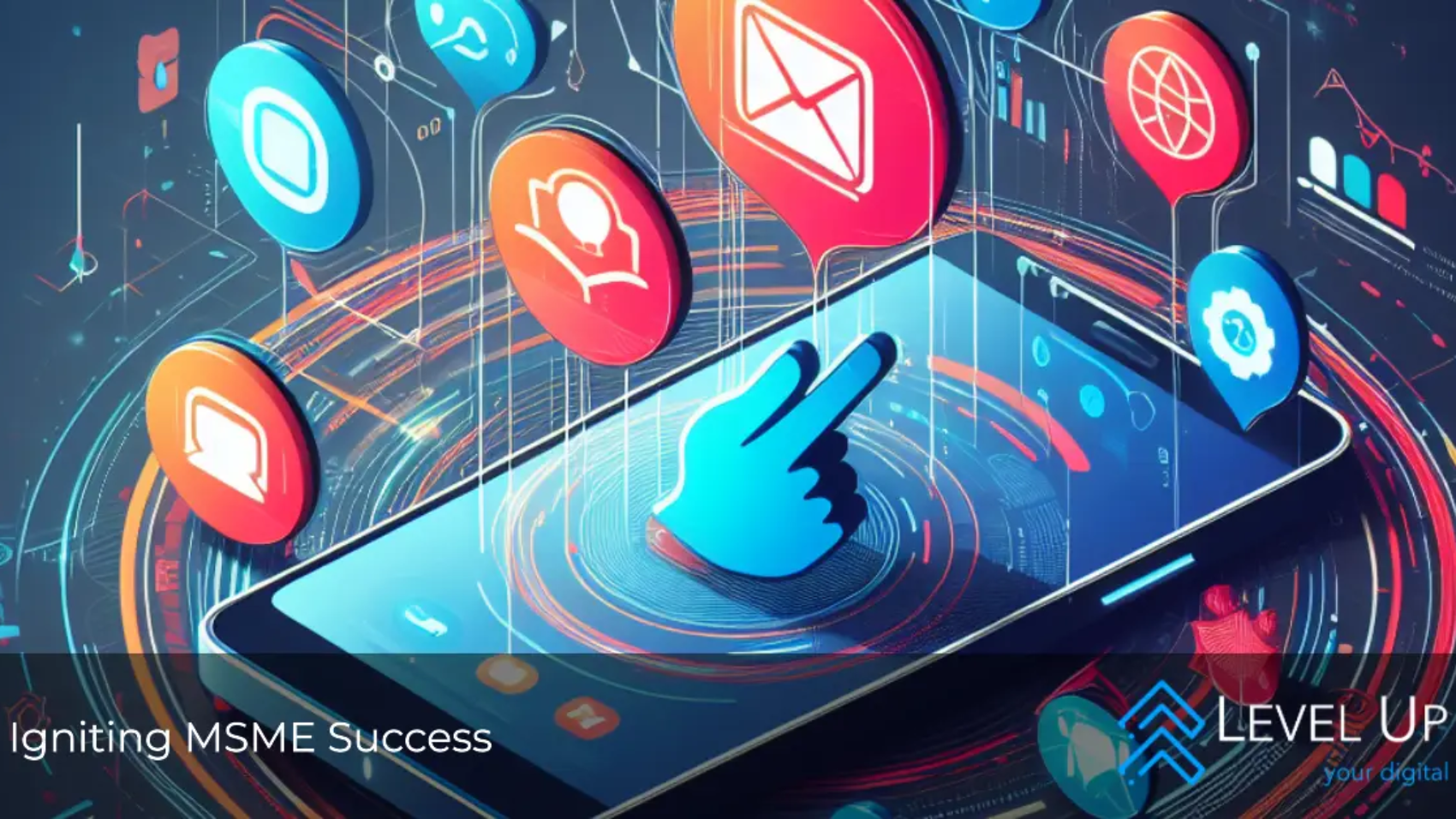Artificial Intelligence (AI) and automation are becoming essential for businesses of all sizes, including Micro, Small, and Medium Enterprises (MSMEs). While AI might seem like something only big corporations can afford, that’s no longer the case—even in Africa. There are affordable, user-friendly AI and automation tools available to help MSMEs streamline operations, grow their customer base, and improve efficiency.
In this post, we’ll explore how African MSMEs can leverage AI and automation tools to compete with larger companies—all while staying within budget and using tools that are accessible on the continent.
1. Automating Repetitive Tasks: Freeing Up Time for Growth
Big brands automate repetitive tasks, allowing their teams to focus on strategy and growth. MSMEs in Africa can achieve similar results by automating routine tasks like invoicing, customer follow-ups, or social media management.
Inclusive Application for MSMEs:
Tools like Zoho and Zapier offer affordable solutions for automating daily operations, making them more budget-friendly for MSMEs in Africa. Zoho is especially notable because it offers flexible pricing and has regional pricing tiers for African markets, making it more accessible than other international tools.
While Zoho offers an all-in-one suite for business management, including CRM and project management, Zapier focuses on automating workflows by connecting multiple apps, making it a powerful tool for integrating and streamlining operations across different platforms.
A Practical Example:
A local tech startup could use Zoho to automate its invoicing and customer relationship management processes. By automating repetitive tasks, they’ll free up time to focus on building their customer base across the region they operate in, contributing to revenue increase.
2. Customer Service: Providing Support Anytime, Anywhere
Big brands rely on AI-powered chatbots for customer service. MSMEs can use affordable versions of the same technology to provide 24/7 customer support without hiring a large team.
How MSMEs Can Apply This:
Tools like Tidio and Freshchat offer chatbots that are affordable and easy to use. Both platforms have global reach but are priced with small businesses in mind. For businesses operating in Africa, Freshchat also offers multilingual support, ensuring you can engage with a broad range of customers across the continent.
A Practical Example:
An eco-tourism company can use Freshchat to manage customer inquiries and bookings. This allowed the business to offer customer service in multiple languages, catering to local and international tourists.
3. Smarter Marketing: Personalising for Diverse Audiences
AI allows big brands to deliver personalised marketing campaigns. African MSMEs can use AI-powered tools to send tailored messages to different audience segments, ensuring inclusivity and relevance.
How MSMEs Can Apply This:
Mailchimp and Brevo (ex. Sendinblue) offer affordable email marketing tools that include AI-powered personalisation. Both platforms provide flexible pricing based on the number of subscribers, making them accessible to smaller businesses in Africa. Brevo is particularly affordable, with options that fit the budgets of growing African MSMEs.
A Practical Example:
A small fashion brand can use Brevo to create personalised email campaigns based on customer preferences. By tailoring the content for local festivals and cultural events, the brand can see an increase in engagement and sales during key holiday periods.
4. Data-Driven Decisions: Understanding Your Customers
Big brands rely on data to make decisions. MSMEs can now access similar insights through affordable AI tools, helping them better understand their customers and make data-driven decisions.
How MSMEs Can Apply This:
Platforms like Google Analytics and Plecto offer powerful analytics tools that are either free or affordable. Google Analytics is an excellent choice for MSMEs across Africa, providing key insights without any cost. For more detailed performance tracking, Plecto is affordable and user-friendly, offering real-time data analysis tailored to businesses in different sectors.
A Pratical Example:
A South African non-profit can use Google Analytics to track visitor behavior on their website. By analysing the data, you can discover key pages where users dropped off and implemented changes that improve engagement and can possibly raise donations.
5. Content Creation for All: AI-Driven Social Media and Blogs
Big companies have large teams for content creation, but MSMEs in Africa can use AI-powered tools to create engaging content more efficiently.
How MSMEs Can Apply This:
Tools like Jasper (formerly Jarvis) help MSMEs generate blog content and social media posts quickly. Canva, which offers regional pricing and affordable options, enables businesses to create high-quality visuals, even with minimal design experience. Both platforms offer accessible solutions that cater to various budgets, making them perfect for the African market.
A Practical Example:
An NGO can use Canva to create visually engaging social media content in multiple languages. This will help them reach diverse audiences across Africa, leading to greater visibility and support for their initiatives.
Start Small, Think Locally
AI and automation aren’t reserved for big businesses—they’re tools that African MSMEs can use to scale, streamline operations, and create more inclusive customer experiences. Starting small with the right tools, while considering local market needs and affordability, can make all the difference.
Inclusivity and accessibility are key, this can be seen by the immense success big brands have with marketing strategies that are not just pushing products. By choosing tools that cater to a variety of customer needs and fit within African budgets, MSMEs can compete with global brands while staying true to their communities.
Photo by Christina @ wocintechchat.com on Unsplash
